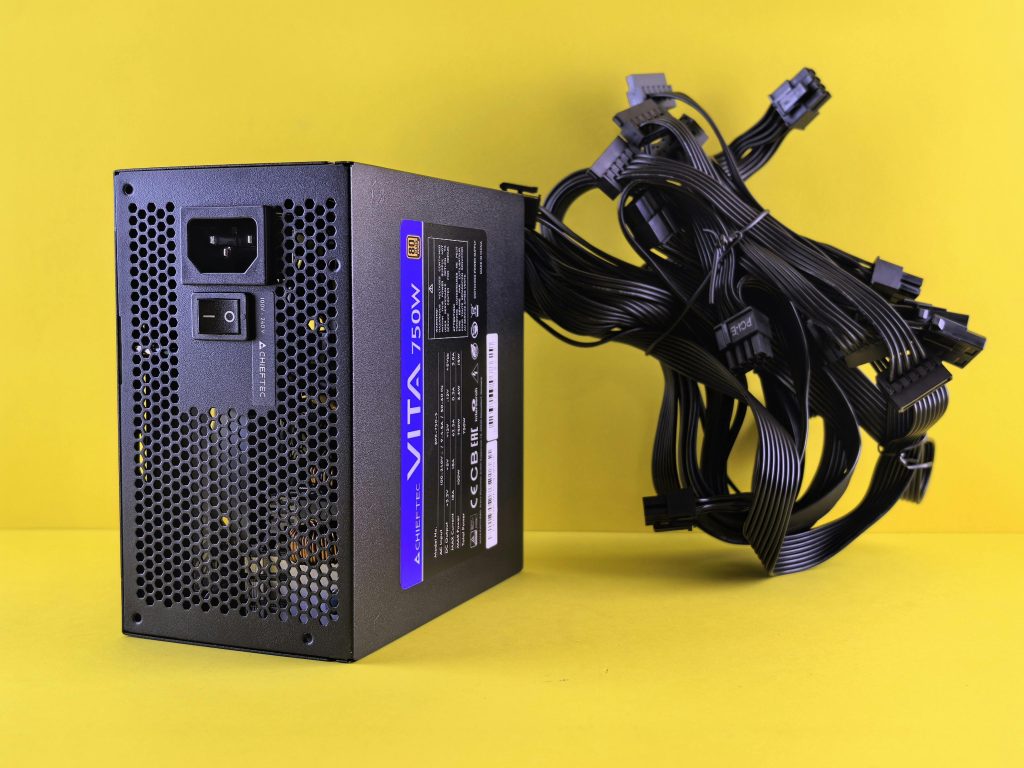The Challenge of Music Mixing in TV Shows: Why Your Experience May Differ Across Devices
In recent years, there has been an increasing discussion among viewers regarding the audio mixing in TV shows. Many have noticed that the music and sound effects are not as prominent or immersive as expected when listened to through television internal speakers, compared to experiencing them via headphones or dedicated sound systems. One recent experience highlighted this issue: watching “The Last of Us” on a Sony Bravia X90L prompted some intriguing revelations about how different audio setups drastically affect sound quality and immersion.
The Intricacies of Audio Mixing in Television
Audio mixing for television is a meticulous process that involves balancing dialogue, sound effects, and music to create a cohesive auditory experience. Sound engineers must consider various listening environments and devices consumers are likely to use. Despite best efforts, differences in technology, audio channels, and the intended delivery format can lead to varying sound experiences across devices.
Understanding Audio Channels and Formats
Audio in TV shows and films is often recorded and mixed in multi-channel formats such as 5.1 or 7.1 surround sound. These setups are designed to create an immersive sound environment. For instance, in a 6.0 channel (a less common format but illustrative for explaining potential decoding issues), five speakers and a subwoofer are utilized to distribute sound effectively throughout a room, fostering depth and realism. However, many viewers still rely on TV’s internal speakers, typically outputting in stereo (2.0). This discrepancy can cause significant differences in audio experiences.
TV Speakers vs. Headphones:
1. TV’s Internal Speakers: These are designed to be compact, often compromising on power and sound quality, focusing on mid-range frequencies primarily to keep dialogue clear. Music and non-vocal nuances might be less noticeable due to a lack of depth and low-frequency response.
- Headphones: Quality headphones, like the Sony WH-1000XM3, provide a direct sound channel to the listener’s ears, often with superior bass, clarity, and dynamic range. This proximity and technology—such as active noise cancellation and high-definition sound processing—enable listeners to catch subtleties easily missed on TV speakers.
The Role of Media Players and Streaming Platforms
Media players and streaming platforms add another layer of complexity. They can alter audio output through compression, decoding, and user settings. For example, the KODI app, used due to its flexibility and support for formats such as Dolby Vision and adjustable subtitles, allows users to set audio output to a simpler configuration like 2.0. If the original media file is encoded in a more complex format (such as 6.0 in this case), critical sound channel data can be lost or improperly rendered, leading to an unsatisfactory listening experience.
Why KODI is Favorable:
– Format Support: Unlike some media players, KODI supports advanced video formats and offers customizable subtitle settings.
– Configuration Flexibility: Users can manage audio output settings, which is particularly beneficial when your playback setup doesn’t match the original encoding.
The Disparity in Sound Quality
The quality of sound reproduction across different devices can vary significantly due to factors such as:
- Speaker Technology: TV speakers might not reproduce audio accurately, especially in rooms with poor acoustics where sound can dissipate quickly.
- Audio Processing: Devices like Bluetooth headphones often include sophisticated audio processing chips that elevate the listening experience.
- User Experience Design: Many televisions and playback devices are designed with general use in mind, meaning specific audio enhancement preferences may not be prioritized.
Enhancing Audio Experience for Home Viewing
For viewers eager to enhance their home audio experience, especially those facing issues with quiet or unbalanced sound, there are several strategies to consider:
Investing in External Audio Systems
-
Soundbars: Affordable and easy to install, soundbars can drastically improve audio quality. They come with various sound profiles and might support Dolby Atmos for a more dynamic soundstage.
-
Home Theater Systems: For audiophiles, investing in a full-fledged home theater system with AV receivers and dedicated speakers for each channel provides the most authentic sound replica.
Optimizing TV and Player Settings
- Check Audio Settings: Ensure that audio settings match the preferred output type (e.g., set the TV or media player to output stereo if using TV speakers).
- Equalizer and Sound Modes: Many modern TVs and players come with preset sound modes (e.g., Cinema, Game, News). Experimenting with these settings can enhance certain audio aspects.
- Speaker Configuration: If possible, configure speaker layouts and assign appropriate audio channels to respective speakers in the settings.
The Future of Audio in Home Entertainment
As technology advances, the integration of smart audio processing is anticipated to improve. Future televisions may feature AI-driven sound adjustments that automatically optimize audio based on content type, listening environment, and viewer preferences.
Innovations to Watch:
– Spatial Audio and Immersive Technologies: These aim to simulate surround sound environments even with stereo systems.
– Advanced Sound Customization: More sophisticated personalization interfaces could allow users to dynamically tweak nuanced elements of the soundtrack itself.
Conclusion
While inconsistencies in sound quality across devices will likely persist due to technical and user-oriented design constraints, with the right equipment and settings adjustments, viewers can significantly enhance their home audio experience. Understanding the intricacies of audio mixing and the technological differences between available devices will allow you to tailor your setup to achieve the best possible sound, turning even a simple TV episode into a rich auditory adventure.
In the ever-evolving landscape of home entertainment, staying informed and open to innovation is key to bridging the audio quality gap and experiencing media as it was intended, full of the vibrancy and detail often hidden amidst the layers of sound files.
Share this content:



